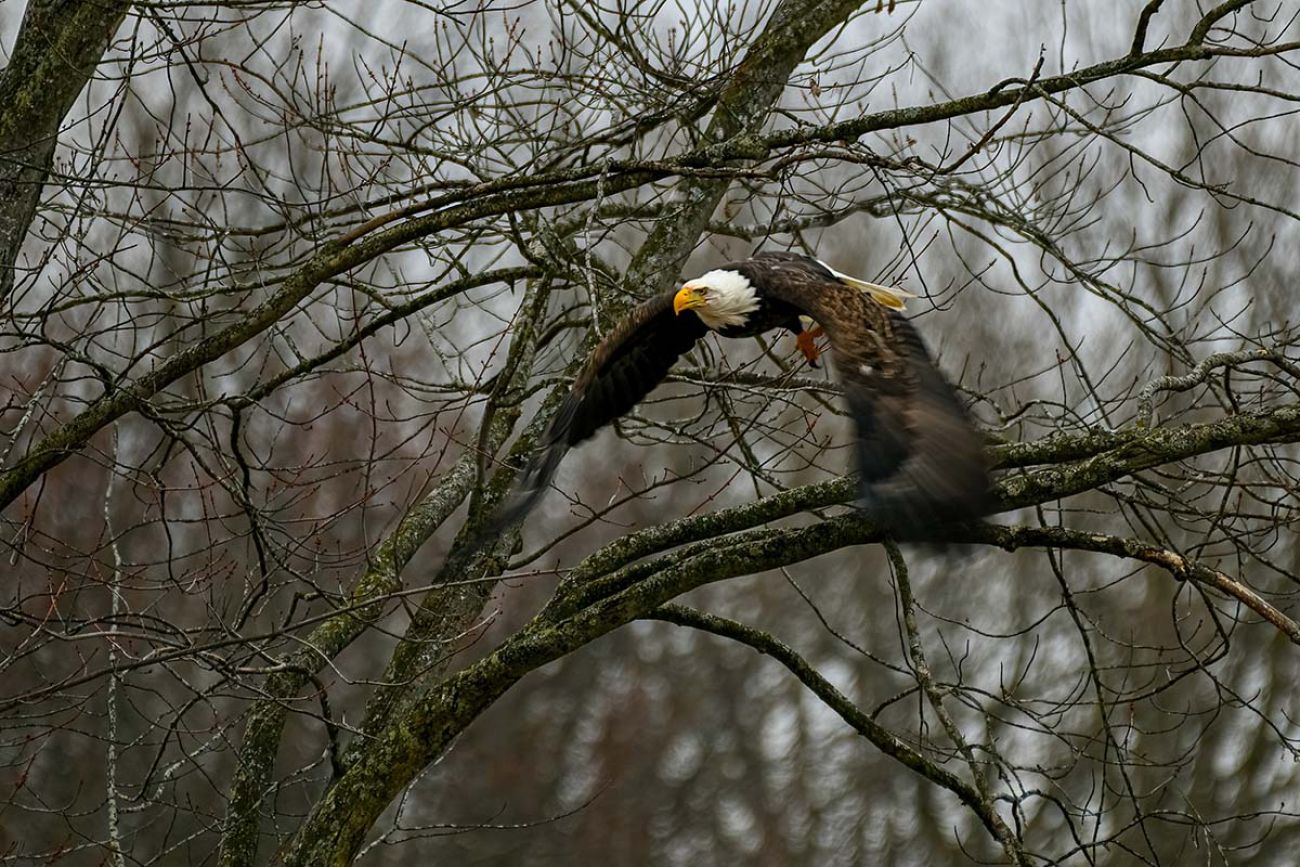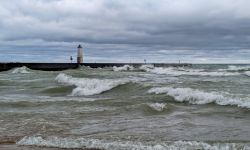Multi-million dollar restoration projects proposed for the Saginaw Bay watershed; paid with settlement money from corporate polluters

A new phase of restoration along polluted areas stretching from Midland to Saginaw to Bay City and beyond is up for public scrutiny. This multi-million dollar plan is likely some of the last new projects being funded by two major settlements with corporate polluters.
Federal, state, and tribal trustees have come up with an extensive plan to spend some of the last of the money from those two huge settlements.
“This round of restoration that we're asking for public comment on now involves ten new projects,” said Lisa Williams with the U.S. Fish and Wildlife Service (USFWS).

The settlement money comes from Dow and GM.
Related:
- Report: MI and OH must spend hundreds of millions more annually to curb toxic blooms in Lake Erie
- For Ann Arbor water managers, ongoing battle to keep toxic chemicals at bay
- Right to water: Could 2023 be the year Michigan ends shutoffs?
The Dow Chemical Company settled a case in 2020. It agreed to clean-up more than a hundred years of dioxin pollution and restore the Tittabawassee River. The second case was settled with General Motors in 1998. Three GM plants had polluted the Saginaw River and Lake Huron’s Saginaw Bay with PCBs and other toxic chemicals.
“Back in 1998, we valued the settlement with General Motors at about $30 million and this more recent settlement with Dow at $77 million,” Williams explained.
That’s a lot of money, but the bulk of it went to cleaning up or capping the pollution. Some of the money has gone toward restoring natural areas.
This article is part of The Great Lakes News Collaborative, which includes Bridge Michigan, Circle of Blue, Great Lakes Now at Detroit Public Television, and Michigan Radio. It unites newsroom resources to report on the most pressing threats to the Great Lakes and drinking water supplies, including pollution, climate change, and aging infrastructure. The independent journalism is supported by the Charles Stewart Mott Foundation.
These ten new projects propose restorations that stretch through one of the state’s major river areas.
Think of the Michigan mitten map. Several rivers flow into crook of the thumb. The Tittabawassee flows through Midland and heads toward Saginaw. It joins the Shiawassee and together they become the Saginaw River. Then it’s on to Bay City and Lake Huron’s Saginaw Bay.
At the Shiawassee National Wildife Refuge, USFWS wildlife biologist Eric Dunton points out areas planned for restoration and others that already have been restored.
“If it weren't for the settlement dollars, we would never basically have the opportunity to do this restoration project,” Dunton said as he looked over nearly one thousand acres of recently restored wetlands.

The river system and Lake Huron’s Saginaw Bay are a major stop over for migratory birds such as ducks and geese as well as many non-game species such as egrets, herons, and songbirds.
The newly proposed projects include improvements at nature centers, game areas, state parks and preserves at spots along the rivers and the bay.
Some of these new restoration projects are on former industrial sites or farmland that was once wetlands.
“Now we're bringing back some of those lands to be habitat and wetland habitats are incredibly important and productive for ducks and geese and bald eagles and mink and turtles and frogs. All kinds of wildlife are attracted and use wetlands,” Lisa Williams said.
That impact reaches beyond just the wetlands.

Brian Keenan-Lechel is the Director of Saginaw County Parks and Recreation. On top of an 85 foot high mound over a closed landfill, we watched a small herd of deer running across the brown grass, startling a group of six great blue herons. We might have been standing on a covered up dump, but the vista was impressive.
“It provides a really unique view of the 18,000 plus protected acres to our south and southwest. Turning around reveals downtown and old town Saginaw's skyline,” Keenan-Lechel said.
He was giving a brief tour of the soon to be open Saginaw River Headwaters Rec Area. It’s a cooperative effort between the county and the Michigan Department of Natural Resources.
Most of this site 334 acre site was once a factory.
“Most recently for over a nearly 100 years SMI, Saginaw Malleable Iron factory, which was an arm of General Motors. Prior to that, it had ties to lumbering to salt and coal mining, basically a microcosm of the 200 year industrialization that the Midwest saw,” Keenan-Lechel said.
One of the ten proposed projects is an ADA (Americans with Disabilities Act) compliant fishing platform along the Saginaw River. Fishing there and in the other rivers of the Saginaw Bay watershed just might improve because of some of the restoration projects that are planned.
“Fish from the river systems here can use these marshes to spawn in and for their young to grow up safe so that they can move back out into the rivers and improve fish populations in rivers like the Shiawassee and the Cass,” said Lisa Williams with the USFWS.
Some of the settlement money has been set aside for maintaining restored natural areas. But much of what’s left of the settlement money has been set aside for these ten new projects if they’re approved.
“Some of the projects were not too sure of the cost yet. So we haven't used up the entire $5.75 million out of the estimated project costs that we have available now,” Williams said.
The draft plans for the ten projects along the rivers in Saginaw Bay watershed are online. People have until March 27th to comment by email t.river.nrda@fws.gov on the proposed projects.
Michigan Environment Watch
Michigan Environment Watch examines how public policy, industry, and other factors interact with the state’s trove of natural resources.
- See full coverage
- Subscribe
- Share tips and questions with Bridge environment reporter Kelly House
Michigan Environment Watch is made possible by generous financial support from:
Our generous Environment Watch underwriters encourage Bridge Michigan readers to also support civic journalism by becoming Bridge members. Please consider joining today.
See what new members are saying about why they donated to Bridge Michigan:
- “In order for this information to be accurate and unbiased it must be underwritten by its readers, not by special interests.” - Larry S.
- “Not many other media sources report on the topics Bridge does.” - Susan B.
- “Your journalism is outstanding and rare these days.” - Mark S.
If you want to ensure the future of nonpartisan, nonprofit Michigan journalism, please become a member today. You, too, will be asked why you donated and maybe we'll feature your quote next time!






